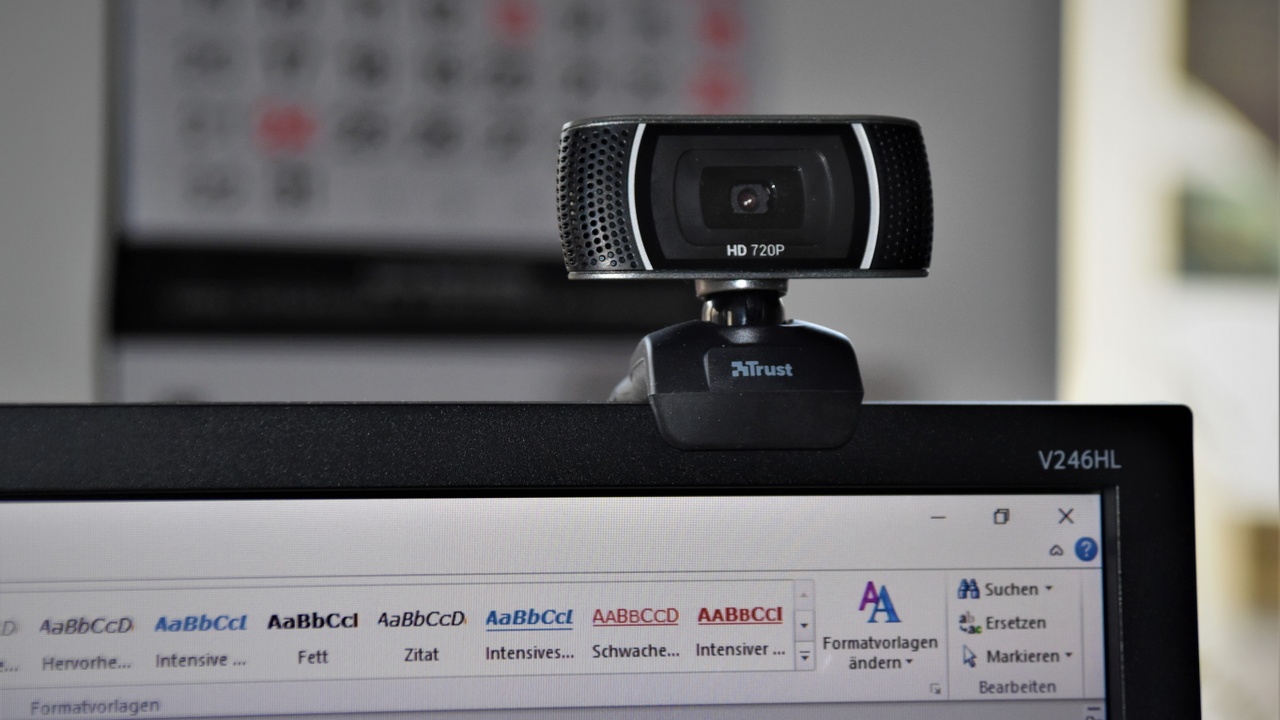TL;DR: Be More Clear and Concise

By John Millen
As a communication expert who reads widely, I’m a bit embarrassed to say that I was reading an internet forum when I saw the initials “TL;DR” and didn’t know what they meant.
If you don’t know, let me share what I learned: TL;DR is an abbreviation for "too long; didn't read." It’s been around on the web for years and used as shorthand, sometimes in a snarky way, for overly wordy writing.
It makes sense because the digital world bombards us with information. Studies suggest the average person consumes the equivalent of 34 gigabytes of information daily.
With so much vying for our attention, people crave concise summaries to decide whether a deeper dive is worth their time.
We’ve all been there—scrolling through a long email or a dense report, only to give up halfway through because it’s just too much to digest. Or, we set aside a long email for later and it gets lost in the flowing river of our inbox.
Some people evidently use these initials in business now, but I would regard a TL:DR reply as a communication failure on my part. I would have failed to focus on my readers' needs with clear, engaging communication.
With this in mind, here are actionable tips to help you create clear and relevant messages that never receive a TL;DR in reply:
1. Start with the purpose up front
People crave clarity. Whether it’s an email, blog post, or presentation lead with the main point or purpose. Let your audience know why this communication matters to them and what they’ll gain from it.
Example:
Instead of beginning with background context, start with something direct:
“Here’s a quick update on the project timeline and how it impacts the launch date.”
This approach hooks readers immediately, giving them a clear reason to keep reading.
2. Use structure to your advantage
Walls of text are intimidating. Organize your message into bite-sized, scannable sections with subheadings, bullet points or numbered lists. This not only improves readability but also helps readers navigate to the parts that matter most to them.
Pro Tip: Use formatting to highlight key takeaways. Bold important points, and keep paragraphs short—ideally two to three sentences, like the article you’re reading now. ;-)
3. Prioritize the most important information
Not all details matter. Aim to highlight what matters most first, and leave less essential context or background for later. This is particularly helpful in emails, where the first sentence can determine whether the recipient reads on.
Think about what your reader needs to know:
- What is the main idea or action required?
- Why is it important now?
- What do they need to do next?
By prioritizing, you respect your audience’s time and focus their attention on the core message.
4. Anticipate reader questions
Great communication isn’t just about telling; it’s about answering. Put yourself in your audience’s shoes: What would they ask if they were reading this for the first time? Address those questions in your message.
For instance, if you’re writing about a project delay, include:
- Why the delay happened.
- What’s being done to fix it.
- How it impacts the recipient.
Preemptively answering questions builds trust and eliminates the need for follow-ups.
5. Edit relentlessly
Writing concisely doesn’t mean sacrificing meaning; it means eliminating fluff. Stick to simple, direct language and avoid jargon, overly formal phrasing or unnecessary adjectives.
Once you’ve written your message, go back and refine it. Cut out anything that doesn’t add value or clarity.
Editing Checklist:
- Can this sentence be shorter?
- Is every word necessary?
- Does the message flow logically?
- Have I avoided repeating myself?
Polished writing is powerful writing. Simple, clear sentences improve comprehension and keep readers engaged.
6. End with a call to action or key takeaway
Don’t let your readers wonder what to do next. Whether you’re encouraging them to respond, attend a meeting or simply reflect on what they’ve read, make the next step clear.
Example Closures:
“Let me know by Friday if you’re available for the call.”
“Please review the attached document and share your feedback.”
Clarity at the end ensures your message leaves a lasting impression.
The bottom line
Great communication respects your reader’s time while delivering value. So, in your next email or report, try to apply a few of these tips to create messages that engage, inform and inspire people to action.








